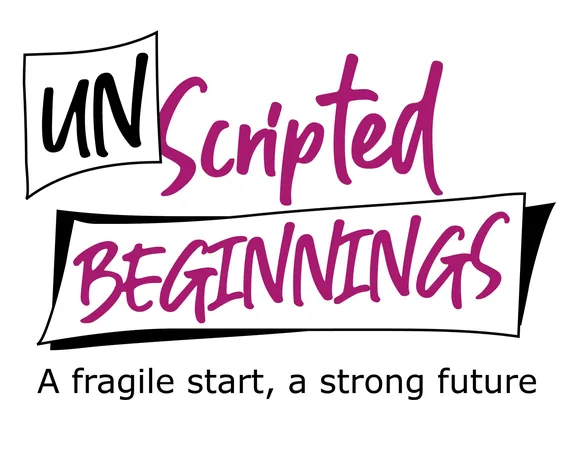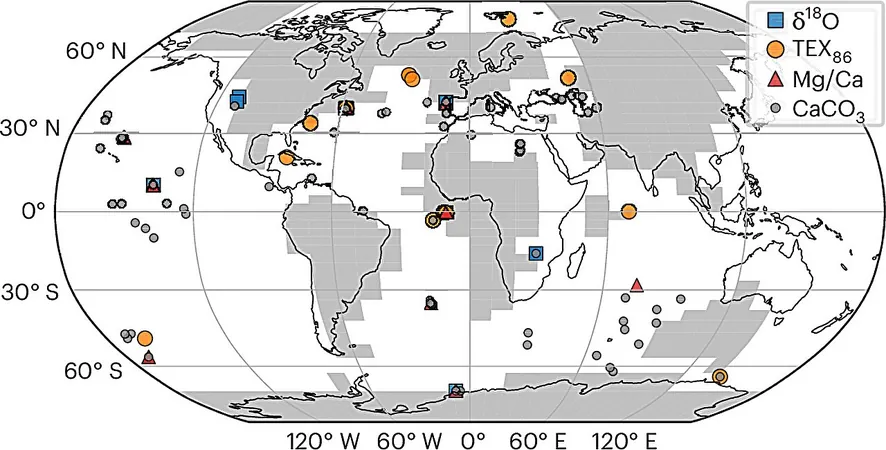
Conflict Between Mother and Son Over $700K HDB Flat Sheds Light on Retirement Planning Risks
2024-11-20
Author: Ming
Conflict Between Mother and Son Over $700K HDB Flat Sheds Light on Retirement Planning Risks
In a revealing turn of events, a housing dispute in Singapore has spotlighted the financial vulnerabilities many seniors face in retirement as the reliance on property for security comes into question.
In Singapore's bustling Toa Payoh district, a seemingly simple transaction involving a joint Housing Development Board (HDB) flat has escalated into a complex legal dispute, leaving family ties frayed and highlighting crucial retirement planning considerations. The flat, now valued at approximately $700,000, was co-owned by 90-year-old Mrs. Tan and her 69-year-old son, a retired artist who lived in the property for many years.
As Mrs. Tan's health deteriorated due to worsening dementia, she had moved in with her eldest daughter, aged 71. Faced with mounting healthcare expenses, the daughter sought court approval to sell the HDB flat, arguing that the proceeds would be essential for covering her mother's medical and nursing care costs. However, the son objected vehemently, fearing that selling the property would leave him without a home and without means for support, having experienced a debilitating stroke that rendered him unable to continue working.
Upon reviewing the case, High Court Judge Choo Han Teck had to navigate the difficult waters of familial obligation and financial necessity. Ultimately, the court ruled in favor of the daughter's request to sell the flat, determining that the immediate needs of Mrs. Tan took precedence over the son’s concerns. The judge noted, “Nothing can be more inequitable,” underscoring the injustice of the son continuing to benefit financially at the cost of his mother's well-being. Each party will receive at least $350,000 from the sale, which the son must use to secure alternative housing.
This case raises fundamental questions about the reliance of seniors on property as a source of financial security. It’s a cautionary tale of the dangers of being 'asset-rich but cash-poor.' Individuals may own valuable property yet find themselves unable to access necessary cash flows to cover living expenses.
The Importance of Diversifying Financial Resources in Retirement
Multiple examples illustrate the precarious nature of such a singular focus on property. One wealthy homeowner clung to a $10 million bungalow rather than downsize, ultimately causing significant financial strain. Another individual faced over $250,000 in debt while living in a $4 million condo, illustrating the pitfalls of neglecting daily financial realities.
Essential Financial Planning Strategies for Seniors
To mitigate these challenges, financial experts encourage a diversified approach to retirement planning:
1. Explore the Lease Buyback Scheme: This option allows seniors aged 65 and above to sell part of their flat's lease to the Housing and Development Board (HDB), providing additional income while continuing to live in their home.
2. Build Comprehensive Retirement Savings: Regular contributions to Central Provident Fund (CPF) accounts can increase retirement security. For instance, those who save the full retirement sum of $213,000 can receive around $1,730 monthly upon reaching 65. Couples contributing a combined $426,000 could see monthly pensions exceeding $6,000.
3. Implement Continuous Income Streams: Enrolling in annuity plans or mixed investment portfolios can protect against the risk of depleting savings over time. Structures like the CPF Life national annuity scheme facilitate manageable monthly payouts, ensuring financial security regardless of lifespans.
In conclusion, the family dispute surrounding Mrs. Tan and her son serves as a critical reminder of the importance of balanced financial planning in retirement. While homes often constitute significant assets, they should not be the sole focus; a well-rounded strategy that includes diverse income sources and adequate savings is essential to preventing financial strain in later years. This approach is key to avoiding scenarios where individuals find themselves asset-rich yet cash-poor, ultimately jeopardizing their health and well-being.






 Brasil (PT)
Brasil (PT)
 Canada (EN)
Canada (EN)
 Chile (ES)
Chile (ES)
 España (ES)
España (ES)
 France (FR)
France (FR)
 Hong Kong (EN)
Hong Kong (EN)
 Italia (IT)
Italia (IT)
 日本 (JA)
日本 (JA)
 Magyarország (HU)
Magyarország (HU)
 Norge (NO)
Norge (NO)
 Polska (PL)
Polska (PL)
 Schweiz (DE)
Schweiz (DE)
 Singapore (EN)
Singapore (EN)
 Sverige (SV)
Sverige (SV)
 Suomi (FI)
Suomi (FI)
 Türkiye (TR)
Türkiye (TR)